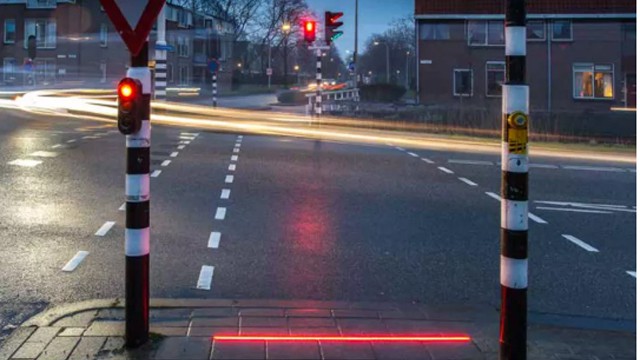What Can Mississauga Do to Stop Pedestrian Fatalities?
Published February 22, 2017 at 4:20 pm

In November, an elderly woman was killed after being struck by a vehicle in the Eglinton and Hurontario area. In December, a 15-year-old girl was struck and killed in the Glen Erin and Britannia area. Although such fatalities are, thankfully, not the norm in pedestrian-vehicle collisions, they do happen and authorities are trying to figure out how to make roadways safer.
While pedestrians and cars collide for a number of reasons (erratic driving, distracted driving, jaywalking, distracted walking), the growth of smartphone use has impacted safety because it adds yet another element of distraction. In fact, Toronto City Council actually asked the province to look into a ban on pedestrian cell phone use.
The pedestrian experience in Mississauga and Brampton can be quite perilous. How often do you see someone walking past you looking down at their phone or some other electronic device? You could literally stop and stand in front of them and they would walk straight into you.
It’s one thing to see that happen when you’re walking past someone on the sidewalk, but what happens when that happens at major intersection with heavy vehicle traffic? What happens at school crossings when children not paying attention and get hurt?
In 2016 alone, an alarming number of pedestrians were struck in Ontario; we just recently had another incident in Mississauga.
While drivers must always be mindful (they’re in a massive metal machine, pedestrians are not), it’s still fair to ask how many of these collisions were caused by people not paying attention to their surroundings. Is there a cost effective way to solve this problem without resorting to fines or new municipal by-laws? Well, there actually is. A recent story coming out of the Netherlands documents an interesting and innovative way to keep wayward pedestrians safe from oncoming traffic.
A city named Bodegraven is testing ‘Plus Lightlines’ that alert distracted smartphone users at road crossings. As the article from the publication The Verge mentioned, this project involves putting embedded strips of illuminated LEDs into the sidewalk, which places the lightline in the line of sight of people staring at their phones. The LEDs turn red or green in sync with the traffic lights and are visible day or night.

Bodegraven has installed these Plus Lightlines at several intersections at school crossings, as children are one of the more susceptible groups of people to be walking distracted while checking their phones. The colour scheme is also the same as the standard traffic lights (red for stop and green for go) so this would literally be putting an extra set of traffic lights except they would be on the ground.
With the proliferation of smartphones, social media apps and the like, getting people to change their patterns of behaviour could prove difficult. But perhaps if you can’t reverse behaviour, the least you can do is mitigate it through smart technologies like Plus Lightlines from the Netherlands. Municipal policymakers are always citing European examples in urban and city planning to draw inspiration from, maybe it’s time we actually adopted something from them.
Follow me on Twitter at @thekantastic
Photo courtesy of The Verge / City of Bodegraven, the NL
insauga's Editorial Standards and Policies advertising





